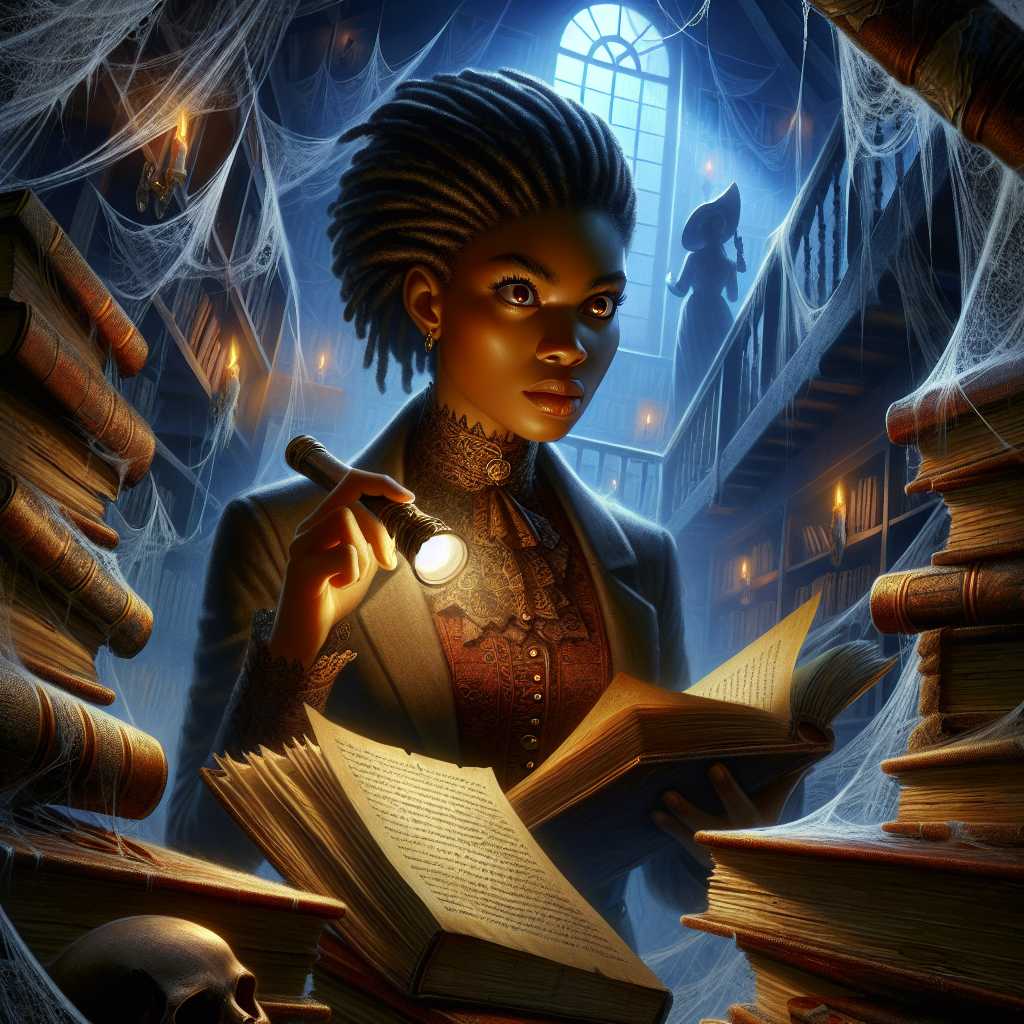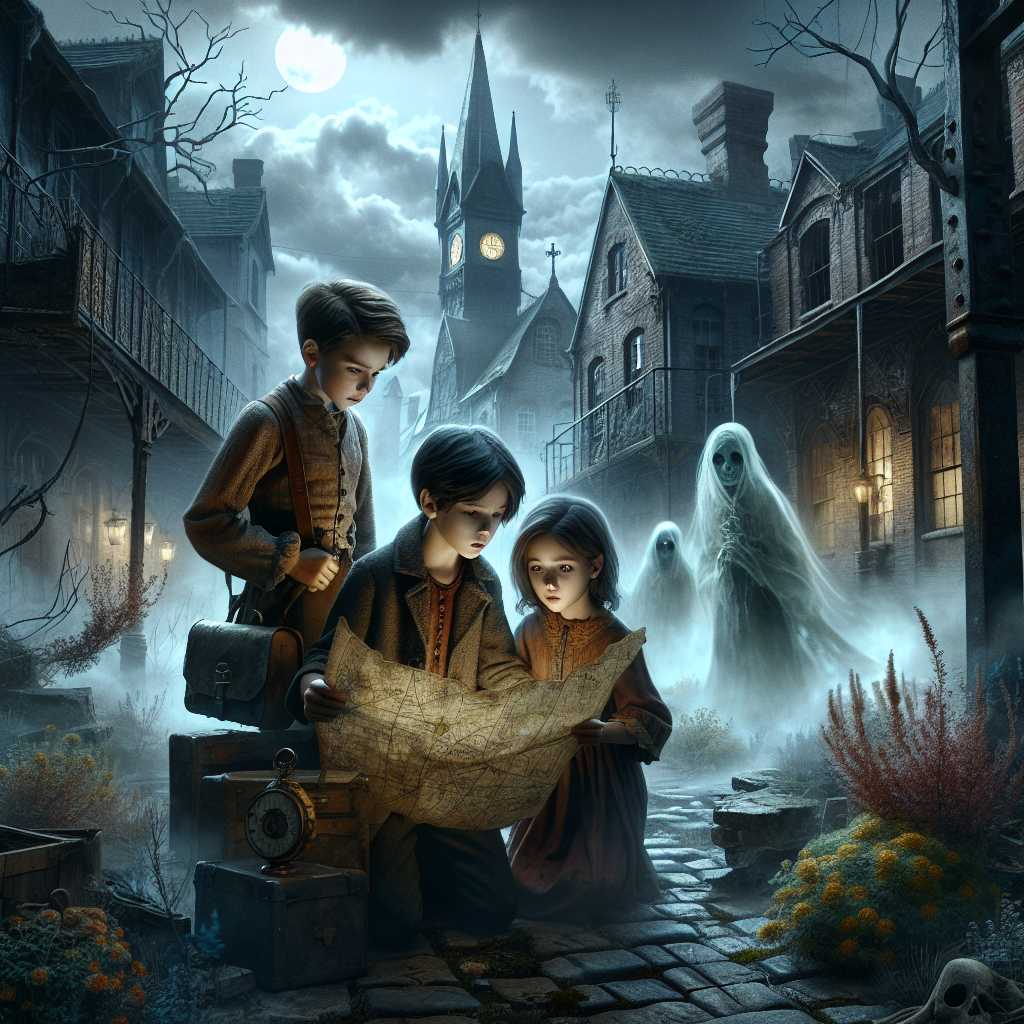
Once upon a modern time, nestled between the veins of a sprawling city, there lived a young artist named Isla. With hair reminiscent of the raven's wing and eyes that mirrored the tumultuous sea, she held within her a burning passion to paint the emotions that words could never capture.
In a small studio apartment littered with the skeletons of paintbrushes and canvases, she forged worlds of color and chaos. Isla's hands danced with the elegance of a conductor, orchestrating symphonies upon her linen stages. Yet, despite her talent, recognition eluded her like a shadow in the night. The city, a beast of steel and indifference, churned on, oblivious to the gem hidden in its midst.
On a crisp morning, when the sun splashed the city with hues of gold and amber, Isla received an email that sparked like flint against steel. "Dear Isla," it began, "We are pleased to inform you that your work has captured our interest. You are cordially invited to showcase your art at the 'Heart of the City Exhibition' next month." It was signed by none other than Julian Moreau, the esteemed curator who turned artists into legends.
Hope, delicate and fragile, unfurled within Isla's chest. This exhibition was her chance, a beacon in the obscurity of anonymity. She toiled day and night, her brushes whispering secrets onto canvases, telling tales of dreams interwoven with strands of despair. Each piece was a part of her, a vulnerable exposition of her soul.
As days melded into nights and nights into days, her collection for the exhibition took breath. Isla named it "The Essence of Echoes," a series that depicted the echoes of feelings long past, resonating through time. Every art piece beckoned to be felt, to be understood beyond the superficial gaze.
Days before the exhibition, disaster disguised as fate, knocked on her studio door. A misstep, a stumble, and a wayward splash of crimson paint marred her masterpiece, the centerpiece of her collection. Gasping at the sight, the hollow echo of the dropped paintbrush was like a gunshot in her silence. Despair clawed at her, threatening to swallow her whole.
She labored through the night, attempting to salvage what could have been her magnum opus. Dawn broke, casting a mocking glow on her futile endeavor. Not only did the crimson stain remain, but in her fatigue, Isla had also smeared the surrounding scenery into a muddled haze. It was irreparable. Devastated, she slumped among the wreckage of her dreams, her vision blurred not by the weary night but by the tears that streamed unbidden.
The hours that followed were a testament to Isla's shattered spirit. Friends came and went, offering consolations that fell on deaf ears. Time, indifferent to her plight, marched relentlessly toward the hour of the exhibition.
When the day arrived, Isla stood among her works at the gallery, a specter of her vibrant self. The sounds of admiration and critique melded into a distant hum. Eyes glanced over her pieces, pausing but for a moment at the empty space where her masterpiece should have been.
As the evening crept in, clothed in hues of twilight, a figure approached her—a silver-haired woman with a presence that seemed to command the very air. "I am Eloise," she said, her voice carrying the weight of years steeped in wisdom. "Your work speaks deeply, young artist. But tell me, why the void, the absence amidst the allure?"
Gathering her courage like scattered shards of glass, Isla recounted the ill-fated tale of her centerpiece. The more she spoke, the more she felt the weight lifting from her weary shoulders. Eloise listened, her eyes reflecting a storm of thought.
At the tale's end, Eloise stepped closer, her whisper a secret for Isla alone. "Life, my dear, is much like your art. It is in the imperfections, the flaws, the unexpected blotches of paint, that true beauty is found. Show it to me, the marred canvas, and let us see what story it really tells."
With trembling hands, Isla unveiled the defaced canvas from its shroud. The crowd, drawn by the presence of the revered Eloise, gathered around. The ruined masterpiece now took center stage, its glaring red blemish pulsing like a wound.
Eloise, serene amidst the murmurs, quoted from a poet of yore, "There is a crack in everything. That's how the light gets in." Taking a step back, she gestured at the piece and continued, "Do you not see? The crimson spill transforms this from mere depiction into experience. It bleeds history; it radiates your struggle, your passion, your humanity. This is not just art—it is life itself."
In that moment, whispers turned to gasps, gasps to conversations, and conversations to accolades. Isla watched, aghast as her deepest sorrow became the centerpiece of praise. Julian Moreau himself, with eyes alight with wonder, approached to offer his congratulations.
Amongst the accolades and celebrations, Isla stood, her spirit no longer entangled in the clutches of dismay. She had bared her soul upon the canvas, only to find that it was the imperfections, the vulnerabilities, that resonated most with the human heart.
And so, under the sweeping arc of the celestial sky, the story of Isla, the artist whose flawed masterpiece had captured the city's heart, became etched into the canon of storytellers, to be recounted for generations—of how beauty often lies where it's least expected, and redemption may just be a happy accident away.










